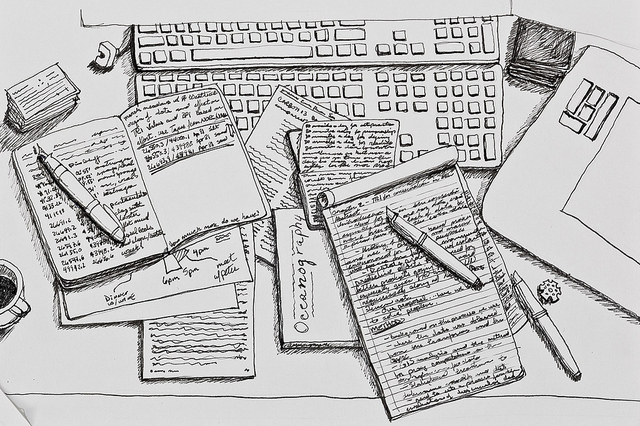Part of my call as a writer is to help others through coaching, mentoring, teaching, and editing. One thing I’ve learned in my writing and in helping other writers is the vital importance of learning to self-edit. Someone said, and I can’t remember whom, “The heart of writing is re-writing.” I’m not saying all you have to do is self-edit your work and you’re ready for publication. But, knowing how to effectively self-edit your work goes a long way to getting you there. At some point, you will need to submit your work to an outside editor or go through the process of editing through the publishing house. Being able to self-edit helps these next steps go smoothly. Starting with this blog, I will outline a self-editing process. It comes from years of classes and workshops and applying and refining the principles I learned.
Let Your Manuscript Cool Off
As you compose your first draft, backup your project to a flash drive or other external source. When you’ve finished, let it sit. How long varies, depending on who you’re listening to. Some recommend a week, others recommend three months.
I believe the longer you can let it sit, the better. When working with a mentee, I recommend three months. If a client can’t wait that long, I ask them to wait at least one month.
We need to have an emotional distance between finishing the first draft and starting the editing process. The sooner we start, the more likely our emotions will be in control. We’ll miss things that need to be corrected. We need to let our ardor, our love, for our story, ease up so we can approach it with a calm eye to see flaws or areas that are fine but could be better.
While you’re waiting, start another project. This will keep your creative juices flowing while keeping your hands off that first draft that keeps calling your name. You can work on your next story: plotting, developing characters, building the story world, and research. Explore new story ideas. Read books and articles on the craft.
Read your manuscript.
Print it out and read it. You’ll see things on the printed page you won’t see on the computer screen. Some recommend reading it aloud. I haven’t found this helpful. I add or replace words without realizing it.
I read silently with highlighters and pens close to hand. I mark whatever jumps out at me: missing words, awkward sentences, plot holes, inconsistencies in timelines, story world, character description or portrayal. I’ll identify grammar uses. I don’t fix them on this step. I just note them. I want to read the entire manuscript before making changes. My printed copy ends up with notes, possible changes, and a slew of other possible revisions. Sometimes, the manuscript looks like a stack of Post-it notes exploded inside. I’ll mark scenes or chapters to cut, revise, or move to some other place in the book. And I’ve identified places were an additional scene or a new chapter would be appropriate.
And we’re not done yet.
Next week, we’ll explore the next steps in doing an effective self-edit if the first draft.


I am a member of the East Texas Writers Guild of Tyler, Texas, and I serve on the conference committee for our annual conference in July, 2019. We are looking for speakers for our conference, “Bootcamp for Writers.”
Could you provide references from other workshops where you have spoken?
Thank you,
Linda Pirtle, Author
The Games We Play Series